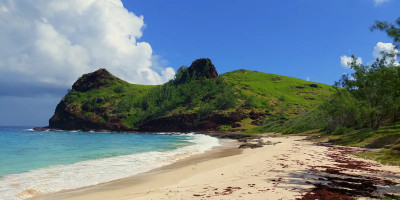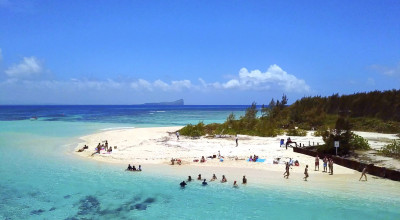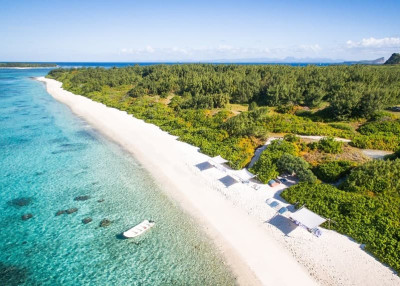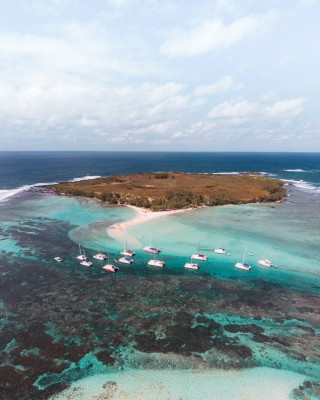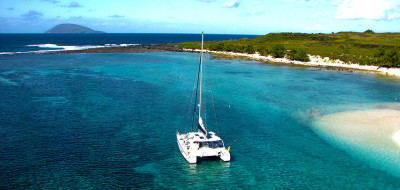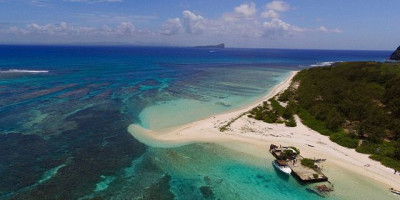Flat Island
Updated: September 6, 2024
Flat Island, or Île Plate - located about 11 kilometers north of the mainland and is one of the most popular places to visit for locals and tourists alike. It is one of the largest outer islands in Mauritius, covering an area of 2.53 square kilometers. Despite its name, the island is not completely flat - there is a hill where the old lighthouse is located, and its highest point reaches about 100 meters.
Flat Island, as well as nearby Gabriel Island, is a protected area. Nearby Pigeon Rock is a protected area. Flat Island is famous for its diverse flora and fauna. Many tropical birds can be seen here and the island is home to over 100 species of non-native plants, making it a unique place to explore the natural world.
Île Plate Island is visited on catamaran day boat tours, where tourists can enjoy swimming, sunbathing and barbecuing right on board.
What to do on Île Plate
- Beach vacations: the gorgeous turquoise-colored water and white sandy beaches are ideal for swimming and snorkeling. At low tide you can admire the coral
- Hiking: the trail runs from the north to the south of the island and trekking shoes are recommended
- Visit the lighthouse: the walk to the lighthouse takes about 30 minutes one way, with a beautiful view of the nearby islands and Pigeon Rock from the top
How to get to Île Plate Island
Île Plate is a 1.5 hour boat ride from Mauritius. You can find tourist catamarans in Gunners-Queen and other popular tourist locations in Mauritius such as Grand Baie - dozens of tour boats, yachts and catamarans depart daily from Grand Baie. The route to the island passes through a rough sea stretch of about 2 kilometers long.
History of Île Plate
The island became famous during the British era - the British used it as a quarantine station in 1816. At that time, smallpox and dysentery were rampant among slaves arriving from Madagascar by ship. A few decades later, in 1857, the British government officially made the island a quarantine station. After slavery was abolished, Indian indentured laborers worked in the economy. Unfortunately, hundreds of them contracted smallpox, cholera, malaria, etc. The island experienced several epidemics over the years, starting in 1816 with smallpox and dysentery, then outbreaks of cholera in 1819, 1854, 1856 and malaria until the 20th century.
Because of the quarantine station, little infrastructure was developed on the island. Examples include a medical storehouse, distillery, colonial house, hospital, forced labor camps, cemetery, and so on. Only a few historical ruins have survived to this day, but even these are not properly protected as they should be by the authorities.
